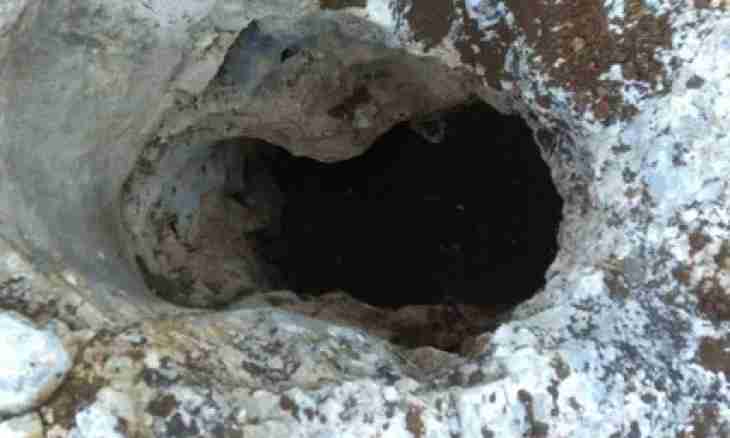Ahead laboratory work, and the necessary skills and abilities on recognition of chemicals are not developed. And can in chemical laboratory accidentally labels with names of connections came unstuck. The ability correctly define chemicals owing to the specificity can't be required after the termination of educational institutions any more. But this knowledge can be necessary for own child who will come for the help. What then to answer him?
It is required to you
- Support with test tubes, reagents for definition of substances, a spirit-lamp, a delay in an eyelet, indicators
Instruction
1. Chemicals consist of positively and negatively charged ions, forming in general electroneutral connection. To define composition of substance it is necessary to be guided by high-quality reactions to various ions. And it is not obligatory to learn them by heart, and it is enough know that there are such reagents by which it is possible to define practically any chemical compound.
2. Acids. All acids are united that the hydrogen ion is their part. Its presence causes sour properties. High-quality reaction to this group of substances can be considered indicators, that is in acidic environment litmus becomes red, and methyl orange - pink.
3. Bases. Substances of this group can also be determined by the indicator. Phenolphthalein which in the alkaline environment becomes crimson gives characteristic reaction. It occurs due to presence hydroxide ions.
4. Metals. To define ions of metals, for this purpose it is necessary to use a spirit-lamp or a torch. Take a copper delay, on one end make an eyelet of 6-10 mm in the diameter and bring in a flame. Practically at once you will see that it got coloring of beautiful green color. It occurs just at the expense of copper ions. The same result will be observed if at first to dunk a delay into copper salts (copper chloride, copper nitrate, copper sulfate), and then to bring in a flame.
5. To define existence of ions of alkaline metals (sodium and potassium) and alkaline-earth (calcium and barium) it is necessary to bring the corresponding solutions of salts in a spirit-lamp flame also. Ions of sodium will paint a flame in bright yellow color, calcium ions – in brick-red. The barium ions which are a part of substances will give flavovirent coloring, and potassium ions – violet.
6. For definition of ions of the acid remains there is a number of high-quality reactions. Sulfate ion can be defined, having chosen a chlorine ion as reagent that as a result will give a white deposit. To learn that in a test tube there is a carbonate ion, take any diluted acid and as a result you will see boiling up. In addition miss the formed carbon dioxide through lime water, observing at the same time turbidity.
7. To define ortho-phosphate ion, it is enough to flow in a test tube with it silver nitrate, as a result of reaction the loss of a yellow deposit will be observed. For recognition of salts of ammonium it is necessary to carry out reaction with soluble alkalis. Visual observation will not be, but there will be an unpleasant smell of urea at the expense of the formed ammonia.
8. For recognition halogen ions (chlorine, bromine, iodine) reagent for all three is nitrate of silver and in all cases there will be a loss of a deposit. As a result the chlorine ion with nitrate of silver will give a white deposit (silver chloride), a bromine ion – a white-yellow deposit (silver bromide), and an iodine ion – a deposit of yellow color (silver iodide is formed).

